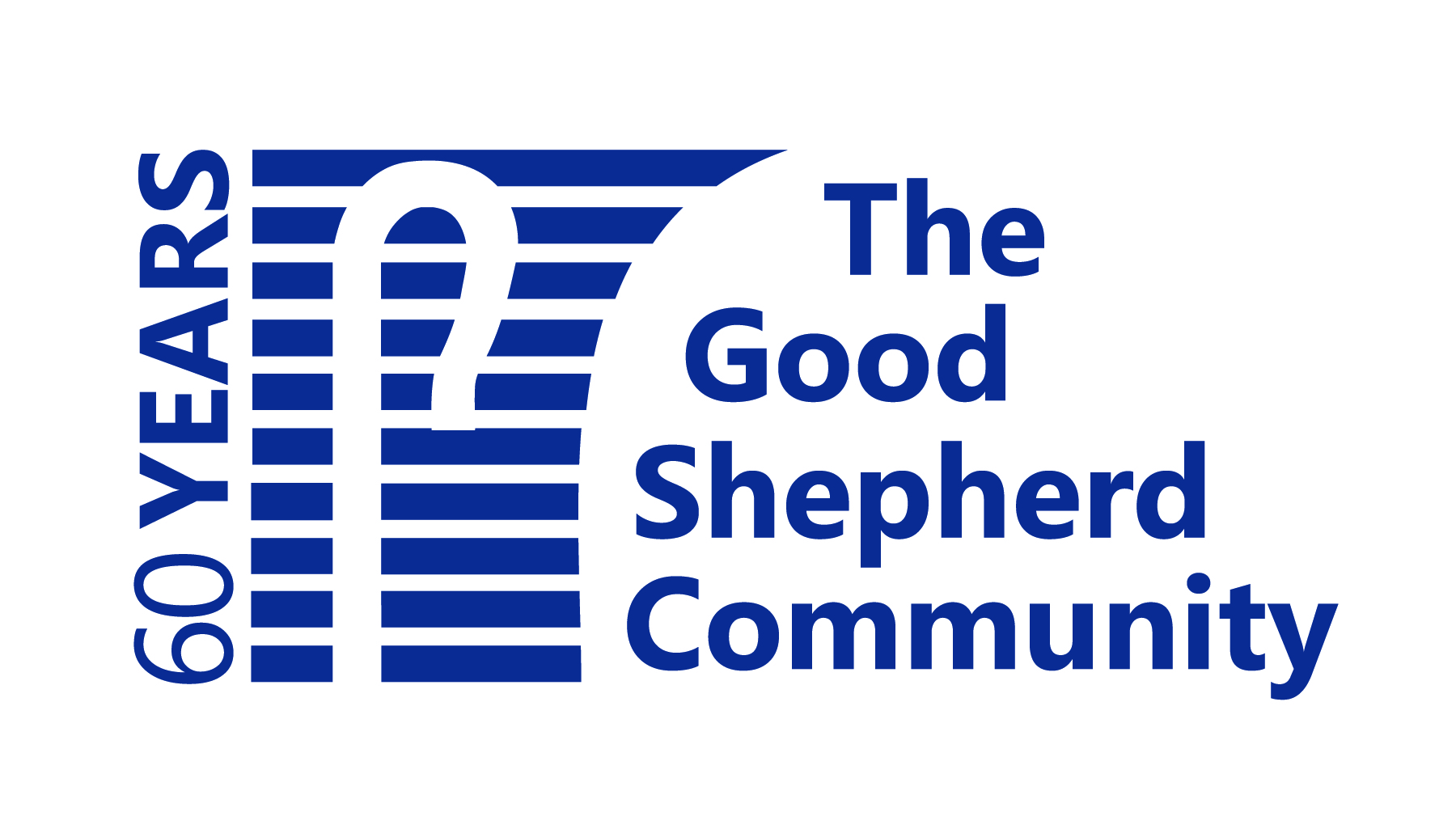In honor of Breast Cancer Awareness Month, we want to discuss breast cancer and the risk in the older adult population. The biggest risk factors for getting breast cancer are getting older and being a woman. Women over fifty are the most likely to be diagnosed with breast cancer. The median age of diagnosis is 62, and approximately one quarter of cases are women between the ages of 75 and 84. The number of cases is expected to double by 2030 as the population ages. Despite older women making up the majority of cancer patients, treating them is trickier.
Lack of Testing
A majority of clinical trials—which help oncologists determine best practices for care—actually exclude older adults either because of their age or because of their health. This makes it difficult to determine specific guidelines for treating older women and understanding how the toxicity of cancer therapies will impact them. This means that researchers simply do not know if cancer drugs will work as effectively in the older population as they do in the younger population. Older adults typically do not respond the same way to treatment as the younger population does, and they are more likely to experience side effects. It’s a delicate balance between undertreating patients or causing harmful side effects and lowered quality of life.
Treatment
Thankfully, there are options for older women with breast cancer. Surgery, radiation, and adjuvant hormonal therapy have favorable outcomes, and if breast cancer is caught in the early stages, sometimes hormonal therapy is enough. Treatments prove to be more effective in healthier, more functional older adults.
Prevention and Risk Factors
Understanding risk factors for breast cancer is the key to prevention or an early diagnosis. Genetic mutations, reproductive history, and family history of breast cancer or other cancerous diseases are all risk factors that cannot be prevented. Previous radiation treatment can also be a risk factor, as can having dense breasts. Learn more about risk factors here.
The key to lowering your breast cancer risk is to target controllable risk factors. Risk factors you can have more control over include physical activity, obesity, hormones, smoking, reproductive history, and alcohol consumption. Weight gain and a sedentary lifestyle are linked to a higher breast cancer risk, as is consuming more than one alcoholic drink per day. Hormone replacement therapy or taking oral contraceptives that contain hormones can also raise your risk. Additionally, pregnancies later in life or not breastfeeding can increase risk.
Symptoms
It may be difficult to prevent breast cancer, but early detection makes all the difference. While some women do not experience symptoms, there are some significant warning signs of breast cancer, including a lump in the breast or swelling/thickening in the breast. The breast skin may become irritated, dimpled, red, or flaky. There may be nipple pain or discharge. A change in the size/shape of the breast or pain in the breast is also a sign. Breast exams should be performed by women of all ages at least once per month. This gives women familiarity with how their breasts look and feel so that they are more likely to detect any changes that could be a warning sign. Mammography can detect a tumor before they can be felt, so women should begin getting annual screenings at age 45.
For more resources, visit: https://www.nationalbreastcancer.org/.
Move-In Special
APARTMENT AND ASSISTED LIVING MOVE-IN SPECIAL
First full month rent FREE or $1400 Visa debit card

